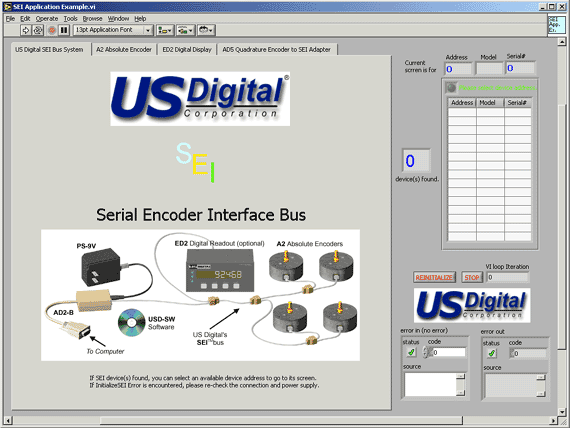Vc6 Serial Port Example

View and Download Samsung SRN-472S user manual online. NETWORK VIDEO RECORDER. SRN-472S Camcorder pdf manual download. Crestron Toolbox Release Notes. Introduction Thank you for installing the Crestron Toolbox. The following sections are available in the release notes. Sometimes basic things like installing the latest Oracle instantclient on the PCs of all of your developers can take considerable time. I typically setup a.

Mikroc Serial Interrupt Protocol. • • Introduction The purpose of this article is to describe how to interface to serial port on Win32. The serial port can be implemented by several techniques such as ActiveX, access I/O and file operation. This article explains the use of serial port on Win32 platform by file operation technique. The programmer can use kernel32.lib library that is provided with the Microsoft Visual C++ Version 6.0. In Microsoft Windows (2000, Me, XP and 95/98), serial port can be treated as a file. Therefore it's possible to open a serial port by using Windows file-creating function. This article explains not only about serial port communication but also how to implement multi-tasking that can apply with our project 'serial port' application.
The reason why the software (serial communication) will be implemented with multi-tasking method is that the serial communication application has to handle work with more than one task at the same time. For example data-reading task, data-sending task, GUI task etc. These topics describe the basic operation of interfacing a serial port on Win32: Initial/Open serial port communication. • • • • • Receive/Send data • • • Design approach Initial/Open serial port The first step in opening a serial port is initiation or setting a serial port's configuration. The purpose of this is to create the serial port agent. All throughout the article we are going to use a file handle as serial port agent.
The serial port's handle is a handle that can be used to access the object of serial port. The function that is used to create the serial port handle is the CreateFile function. Download Soundhound For Pc Windows 8 more. The following code shows the function that is used to create a handle: handlePort_ = CreateFile(portName, // Specify port device: default 'COM1' GENERIC_READ GENERIC_WRITE, // Specify mode that open device.
0, // the devide isn't shared. NULL, // the object gets a default security. OPEN_EXISTING, // Specify which action to take on file. 0, // default.
NULL); // default. As figure 2 shows, portName = 'COM1': the portName is a variable that is declared by const char*. It is used to specify port name that wants to create a serial port handle. MGreatwolf 13-Jan-13 15:01 13-Jan-13 15:01 Hi, I am trying to compile the source in Visual Studio VC++ 2010.
When I do this I get the following error: error LNK2001: unresolved external symbol 'public: static struct CRuntimeClass * __stdcall SerialThread::GetThisClass(void)' (?GetThisClass@SerialThread@@SGPAUCRuntimeClass@@XZ) I have narrowed it down to the following line of code in SearialAppDlg.cpp: serialProcess = (SerialThread*)AfxBeginThread(RUNTIME_CLASS(SerialThread), THREAD_PRIORITY_NORMAL, 0, CREATE_SUSPENDED); For some reason the compiler does not like the cast to 'SerialThread*'. Can someone please help me sort through this. Thanks in advance.
Dgipling 5-Jul-12 5:42 5-Jul-12 5:42 I have written a small application using snippes from this code. I use CreateFile(), followed with GetCommState() + SetCommState() (to change the baudrate to 38400), then write_scc(), followed by CloseHandle and then the application is terminated.
This works OK with one exception, The data is not sent until the applicatiopn is terminated! I want to do something after the data is sent, for example send some other data to the same port, before the application is terminated. Anybody have any hints why the data is not sent just after the WriteFile command in write_scc()? I run Windows 7. WriteFile() writes data to some internal buffer which OS at some time dispatches to communication device (for example OS may be waiting while internal buffer would be full before sending it to device). So if that is the case - you need to force it to flush internal buffer to device with the help of function. OR If you don't want to jiggle with buffers - another option is to open file/device in unbuffered mode.